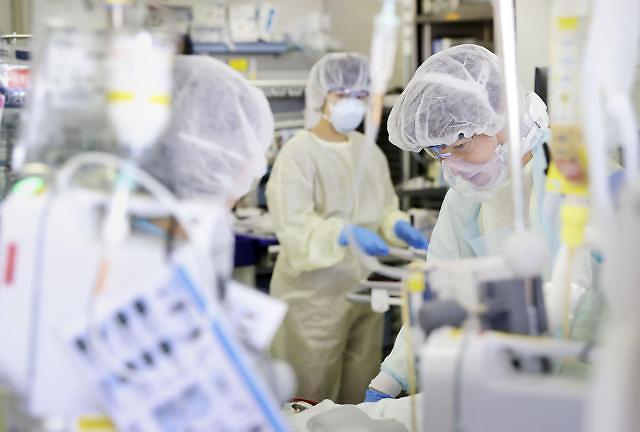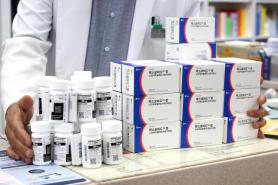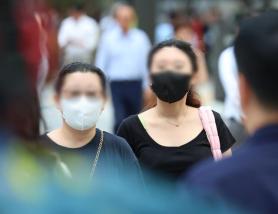
[YONHAP PHOTO]
It has been a long time since the first wave of the coronavirus pandemic hit South Korea in February 2023 and people had to go through various social distancing procedures to minimize the spread of the infectious disease. In 2022, restaurants were closed at 9:00 p.m. and only a group of fewer than five people were allowed to dine simultaneously. Face masks became compulsory everywhere until all mask regulations were lifted in March 2023.
Since February 2022, more than 30 million infected cases were reported and some 34,000 people died because of COVID-19 as of March 30. When the number of infected people surged in early 2023, many companies chose to have employees work remotely from home. Offline stores including restaurants and cafes struggled to maintain their businesses while online stores and food delivery services thrived. Now, the heavily-shaken offline market is slowly returning to its pre-pandemic conditions.
The Korea Disease Control and Prevention Agency released a roadmap during a Central Disaster and Safety Countermeasures Headquarters (CDSCHQ) briefing on March 29, saying that a three-stage adjustment plan will be implemented. In the first stage, the current "serious" crisis level indicating the danger level of COVID-19 is expected to be lowered to "caution" and the mandatory quarantine isolation period will be reduced to five days.
Additionally, CDSCHQ will be dismantled and the Central Accident Handling Headquarters operated by the health ministry will take over related tasks. In the second stage, major quarantine measures will be completely lifted along with the adjustment of the infection disease classification of COVID-19 from level 2 to level 4. The cost of COVID-19 tests and treatment will be partially charged. However, support for vulnerable groups will continue through health insurance and other means.
The third stage is when COVID-19 is considered to have become an endemic like the flu and can be managed as a routine public health concern. The authorities expect to apply the third stage in the first half of next year.
The government, however, did not specify the exact timing for the three-step normalization procedure. The disease control body said that a meeting would be held in early May to adjust the infectious disease classification of COVID-19 to enter phase one of the procedure. The second step will take place about two or three months after phase one has begun. "We expect the second step to be taken in July," the disease control body said.
Copyright ⓒ Aju Press All rights reserved.




